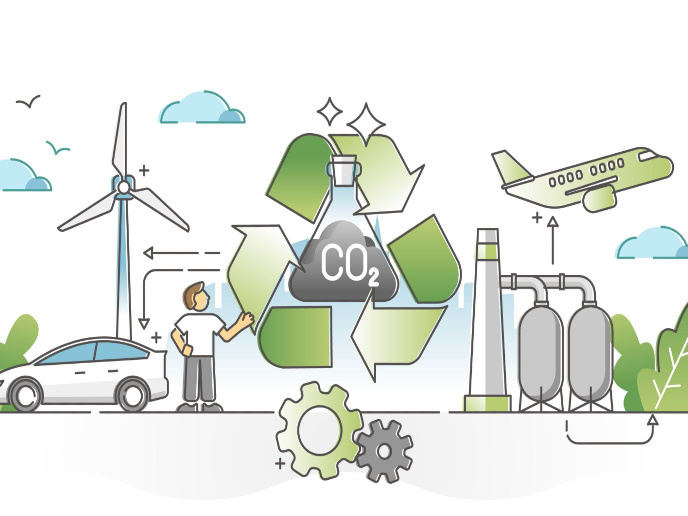Making faster biological reactions even better
A catalyst can be likened to a biochemical matchmaker, bringing together molecules in order for a specific reaction to take place or to take place at a much faster rate. It can be used over and over again to amplify production of certain molecules or compounds. Catalysts are naturally occurring in living organisms and the creation of specific catalysts in the laboratory is an excellent way to enhance the synthesis of desired molecules. The ability to make subtle changes to the structure and activity of a given catalyst increases its flexibility and usefulness, like having a basic version of a personal computer and customising it according to the end user’s specific needs. The Suprasymcat project was designed to do just that, in particular as related to the generation of chiral catalysts. Specifically, the researchers set out to modify chiral catalytic systems based on supramolecular interactions (allosterism). In other words, they investigated the effects of binding of a chiral molecule (ligand) at a site on the catalyst, transferring the chiral information from the ligand to the catalyst and producing a new supramolecular entity with enhanced activity. Due to the great variety of chiral units available, the reactive site of the catalysts could thus attain a great diversity of structural geometries, improving the catalytic properties of such systems. The investigators focused on chiral ligands as applied to reactions in the field of Rh-mediated asymmetric hydrogenation of functionalised alkenes. Hydrogenation of alkenes is used industrially in petrochemical processes (producing paraffin, turpentine and diesel) as well as in the production of margarine from liquid vegetable oils (partially hydrogenated vegetable oils). The researchers successfully demonstrated enhanced selectivity of the catalytic system for hydrogenation of specific molecules. The results will have significant impact on the field of asymmetric and supramolecular catalysis, with future efforts broadening the application to other transformations of interest.







